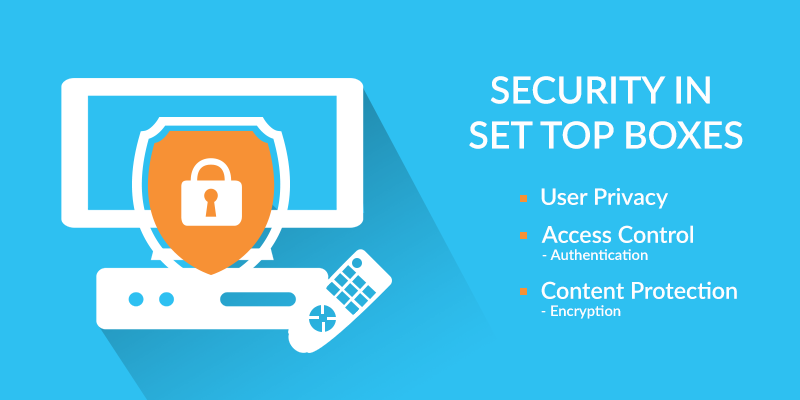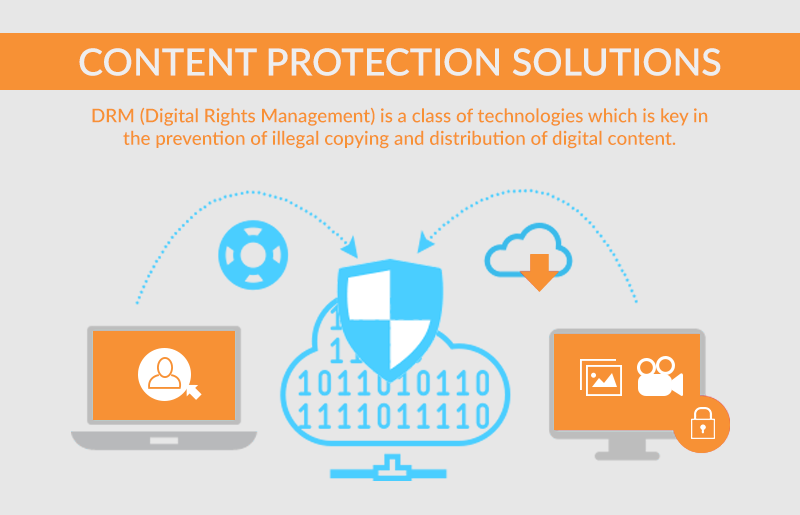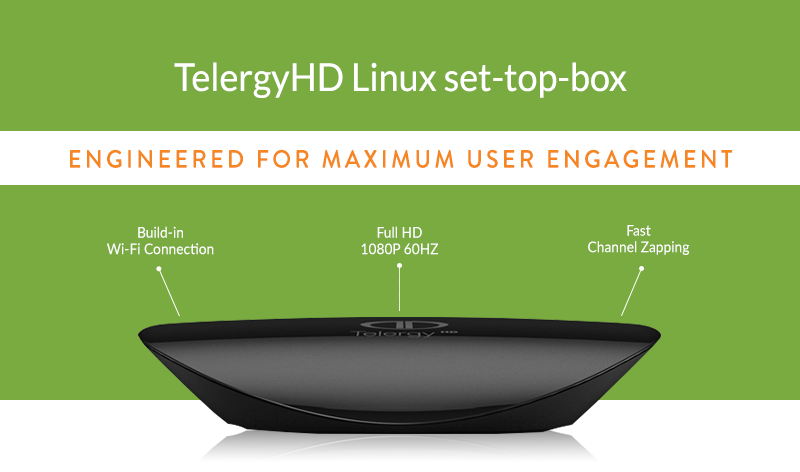
The set top box revolution is not likely to slow down anytime soon. As set top boxes (STB)s become smaller, cheaper and easier to use, the security quotient of them needs more attention from the makers. After all, this is the era of Internet TV and security threats to the STB are not unlikely to take place.
How Did It All Start?
With the Internet’s rapid development, digital content such as audio, video, software, ebooks and video games became immensely popular and with that popularity, came the risk of them being easily copied without any damage in quality. People started to copy and distribute those content completely free of cost, which led to severe losses in the digital media industry. The Internet became the hub of pirated content spread around illegally. That infringed the rights of digital content providers, distributors, and operators and of course, the consumers.
What’s The Solution?
DRM (Digital Rights Management) is a class of technologies which is key in the prevention of illegal copying and distribution of digital content. It emphasises on all aspects of the distribution, transmission and use of digital content so that they can be used by only authorized people and no one else. The use of DRM helps protect copyright and makes it easier to manage digital media content.
How DRM Helps
The traditional hard-wired security is no longer enough for set top boxes. Conditional Access (CA) on open platforms like Android is subject to risks. DRM provides protection against content piracy. That means, if you are a DTH operator, a DRM solution enables you to deliver your content securely using the Digital Rights Management solution which is natively supported by the set top box installed in your consumer’s house.
This offers tangible benefits to both DTH operators as well as OTT distributors.
What Needs To Be Considered When Choosing A DRM Solution?
The first thing that need to be considered is content licencing. The DRM solution itself and how you implement it are part of the licencing agreement. However, you need to keep in mind the security level around the DRM integration and how you’ll handle the security management over time.
The timing and cost of DRM integration must also be taken into consideration. Another consideration you have to make is the revenue assurance. Now, this is a very important concern because the purpose of a DRM is to protect your revenue against piracy threats. And DRM is just one of the things that assures your revenue.
Growth of Piracy
Recent studies have shown that piracy is not about to go away anytime soon. In fact, it is only intensifying. Piracy has evolved with changing technologies and moved onto unconventional paths such as smart TV-hosted apps and live streaming.
Piracy is so commonplace now that one in every three Americans watch pirated content, followed by 57% of Russians and a whopping 66% of Indians. All these numbers add up and what you get is over a billion people regularly watching pirated content. And that’s just three countries!
To sum it up, for your DRM solution to be effective, you need to understand and manage the limitations of risk.
An Effective DRM Solution Needs To Do The Following:
● Deploy a range of technologies that suit your business model (current as well as future)
● Reassure content rights owners
● Smoothly, safely and securely integrate in all devices that are used for your service
● Rely on the existing security capabilities of those devices and provide hardware support whenever/wherever possible
Additional feature and benefits:
● Features such as anti-piracy tracking and reporting could be an added benefit that the ideal DRM solution should look into as these are quickly becoming essential in the modern day and age where piracy is commonplace.

DRM and The Cloud
Since cloud technology is capable of supporting a variety of DRM, Cloud DRM and Cloud TV seems the most fitting for the modern world. Cloud technology supports several types of DRM, including card-based and cardless CAS. Solutions such as these support different formats of content packaging and protection. Furthermore, Cloud DRM can also handle fragmented DRM-per-device environment.
Cloud makes things immensely simple for operators as well. For them, it allows easy management of the factors and considerations from a single platform without having to worry about built-in obsolescence.
Besides, when the solution is cloud-based, it adapts to the need of the situation. Imagine a scenario where you have to deliver real-time content taking into account all the complicated and expensive coding and packaging that usually involves. Mind-boggling, right? Cloud DRM can take care of such situations easily.
Conclusion
DRM provides strong protection against content piracy, which is important in this day and age where piracy is getting smarter and evolving with technology. The correct mechanism for DRM implementation must vary with the delivery requirement. Exceptions must be made, considering certain limitations of DRM as well financial and computational limitations. However, with cloud DRM, things become surprisingly easier for content owners as well as distributors.
Summary: Mware Solutions offers turnkey, end-to-end OTT IPTV Middleware solutions. Think of our solutions as a modular, compact answer to all your DRM worries. We also offer custom development of each and every of our solutions to suit your specific requirements. Our products and solutions are designed for speed, durability and a brilliant user experience.

